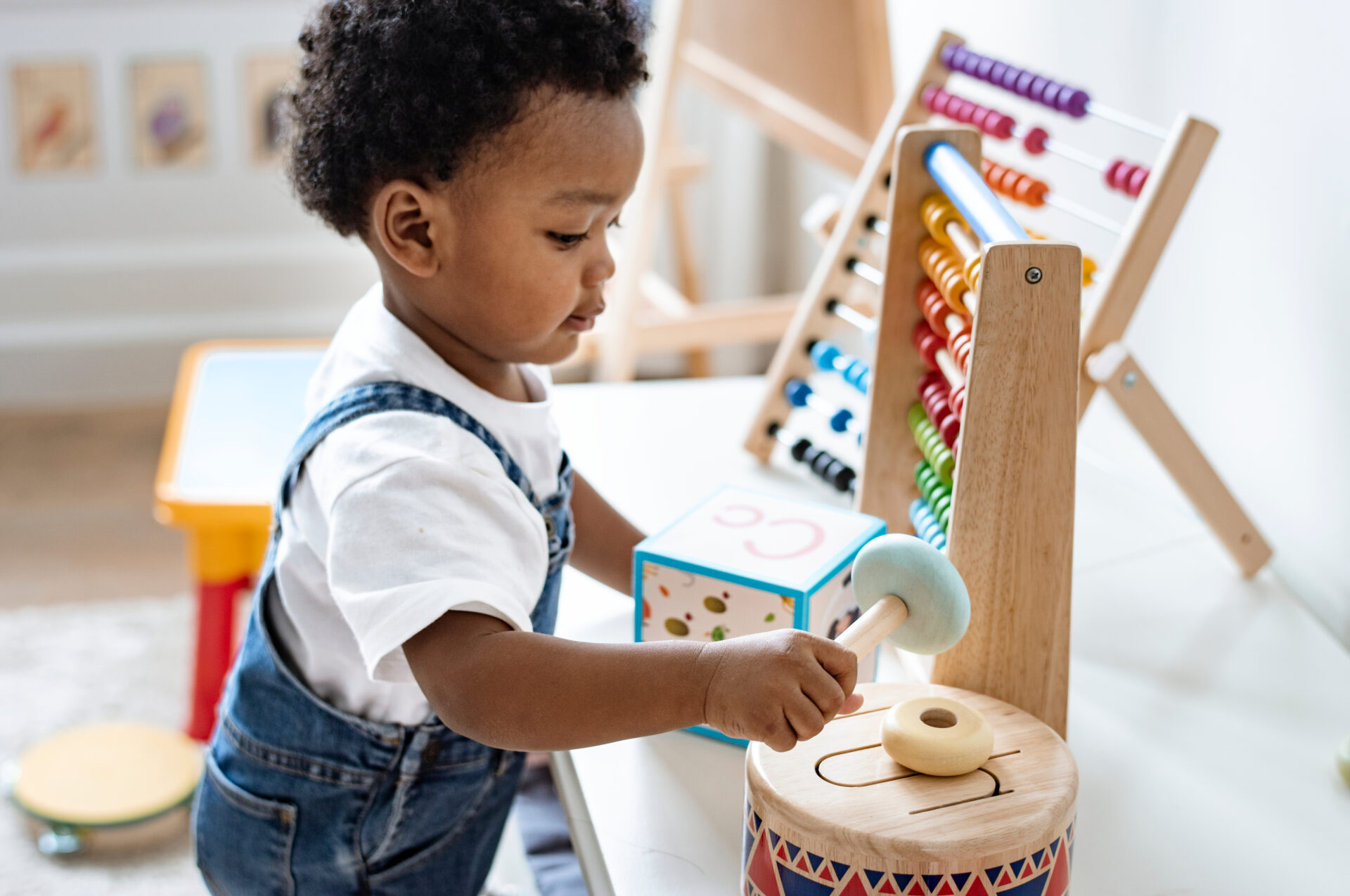Debating is one of the most exciting ways to express ideas, build confidence, and improve communication skills.
Whether you are in middle school, high school, or even preparing for a public speaking event, knowing how to start a debate sets the tone for your entire performance.
A great debate introduction grabs attention, shows respect to the audience, and makes your position clear.
But many young speakers feel nervous and wonder: What should I say first? How do I greet my opponents? What if I forget my words?
In this blog, we’ll break it down step by step in simple language.
You’ll learn what a debate is, how to prepare for it, sample opening statements, body language tips, and even examples of debate starters for different topics.
By the end, you’ll be ready to take the stage with confidence.
What Is a Debate?
At its core, a debate is a formal discussion between two sides:
Read now: Internship Opportunities for Nigerian Students – Remote
- The affirmative (pro) side supports the topic or “motion.”
- The negative (con) side argues against it.
Both sides present their points, give evidence, and try to convince the audience or judges of their perspective.
For example:
- Motion: “Should homework be banned in schools?”
- Affirmative side: Yes, it should be banned.
- Negative side: No, it should not be banned.
The goal isn’t just to “win.” A good debate teaches you to express opinions clearly, listen to others respectfully, and back up your words with logic.
Why Is It Important to Start a Debate Well?
The first impression matters in debating. Your introduction sets the tone for how judges and the audience will view you.
A strong start shows:
- Confidence without arrogance
- Respect for your opponents and audience
- Clarity about your side of the motion
Think of it like the opening scene of a movie, if it grabs attention, people want to keep watching.
Step 1: Understanding the Role of the Chairperson
Before you begin speaking, the chairperson introduces the debate. They usually:
- Read the debate resolution (the topic).
- Introduce the speakers, judges, and timekeeper.
- Call on the first speaker to open the debate.
Read more: Best Read Aloud Books for 4 Year Olds: A Parent’s Guide to Gentle, Fun, and Engaging Stories
Once your name is announced, it’s your turn to shine.
Step 2: Greeting the Audience
The very first words you say are important. A typical greeting might sound like this:
- “Good morning, respected judges, teachers, and my fellow students.”
- “Honorable chairperson, esteemed opponents, and dear friends…”
This shows respect and creates a polite atmosphere. Avoid rushing through your greeting, pause, smile, and make eye contact.
Step 3: Stating Your Position
After greeting, clearly state which side you’re on:
- “I stand in favor of the motion that school uniforms should be mandatory.”
- “I rise to oppose the motion that social media does more harm than good.”
This helps the audience immediately understand your role.
Step 4: Presenting Your First Argument
A good opening isn’t just about greetings, it must also introduce your argument. Keep it short, clear, and powerful. Example:
Topic: Should homework be banned?
“I strongly believe homework should not be banned. It reinforces classroom learning, teaches responsibility, and helps students develop time management skills.”
Step 5: Using the Right Tone and Body Language
Your words matter, but so does how you deliver them. A debater should be:
Read also: Fun Debate Topics for Kids in Nigeria: 25 Exciting Ideas to Spark Young Minds
- Confident but not cocky
- Polite and firm
- Friendly, yet serious
Body Language Tips
- Stand tall and relaxed.
- Make eye contact with the audience.
- Use hand gestures naturally (don’t overdo it).
- Avoid fidgeting with your notes or looking at the floor.
Voice Tips
- Speak loud enough for everyone to hear.
- Avoid shouting or showing anger.
- Keep your tone conversational, sincere, and clear.
Remember: Your voice should tell the story.
Step 6: Referring to Teammates and Opponents
Debating is a team activity, so be respectful in how you mention others.
- Teammates: “My colleague and I…” or “Mr. Smith has already explained…”
- Opponents: “My opponent,” “the first speaker for the affirmative,” or their name if allowed.
This makes your speech professional and respectful.
Check out: 15 Best Bedtime Stories for Kids: A Parent’s Guide to Magical Nights
Sample Debate Starters by Topic
Here are a few ready-to-use examples for different debate topics:
1. Topic: “School uniforms should be mandatory.”
“Good morning, everyone. I stand in favor of the motion that school uniforms should be mandatory. Uniforms create equality, reduce distractions, and bring discipline to the classroom.”
2. Topic: “Social media does more harm than good.”
“Respected judges, today I oppose the motion. Social media, when used wisely, connects people, spreads knowledge, and builds global communities.”
3. Topic: “Should homework be banned?”
“Friends, I strongly believe homework should not be banned. Homework reinforces classroom learning and teaches responsibility for one’s own growth.”
Step 7: Adding a Touch of Personality
A good debater balances confidence with warmth. A sense of humor, if used well can make your speech memorable. For example:
“If homework were truly a punishment, teachers would give it to themselves too. But instead, they trust us with it, because it makes us better learners.”
See now: Screen-Free Learning Activities for Kids at Home
Just be careful not to sound rude or sarcastic.
Step 8: Preparing Before the Debate
Confidence comes from preparation. Here’s how to get ready:
- Research your topic. Gather facts, statistics, and examples.
- Write an outline. Plan your opening, arguments, and closing.
- Practice aloud. Speak in front of a mirror or with friends.
- Time yourself. Make sure your speech fits within the limit.
- Prepare rebuttals. Think about what your opponents might say and how you’ll respond.
Step 9: Common Mistakes to Avoid
- Starting without greeting the audience.
- Reading directly from notes without eye contact.
- Using rude or offensive language.
- Speaking too fast or too softly.
- Forgetting to state your position clearly.
This kind of guided training makes a huge difference, especially for beginners who need structure and encouragement.
Health Benefits of Debating for Students
Believe it or not, debating is not just about winning arguments. It also:
Read on: 15 Best Bedtime Stories for Kids: A Parent’s Guide to Magical Nights
- Boosts confidence and self-esteem.
- Improves critical thinking skills.
- Teaches respectful communication.
- Builds teamwork when working with partners.
- Strengthens memory and focus through preparation.
Conclusion
Learning how to start a debate is about more than memorizing lines, it’s about confidence, respect, and preparation.
Start with a polite greeting, clearly state your position, deliver your first argument with confidence, and use strong body language.
Whether you’re debating school uniforms, social media, or homework, remember: debating is not about shouting or putting others down.
It’s about expressing ideas with clarity and listening respectfully to others.
With practice, patience, and maybe even some help from debate training programs, you’ll not only start debates with confidence, you’ll also become a stronger thinker and communicator in every part of life.
FAQs on how to start a debate
1. What’s the best way to greet the audience in a debate?
Start politely: “Good morning respected judges, teachers, and fellow students.” Keep it short and respectful.
2. Should I memorize my debate opening?
Yes, but don’t sound robotic. Practice until it feels natural.
3. How can I avoid being nervous when starting a debate?
Practice, take deep breaths, and smile. Remember, the audience is rooting for you.
4. What should I do if I forget my lines?
Stay calm. Look at your notes, and smoothly continue. Audiences respect confidence, even when you make small mistakes.
5. Can humor be used in debate introductions?
Yes, but keep it light and respectful. Avoid jokes that may offend your opponents or audience.




